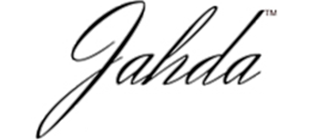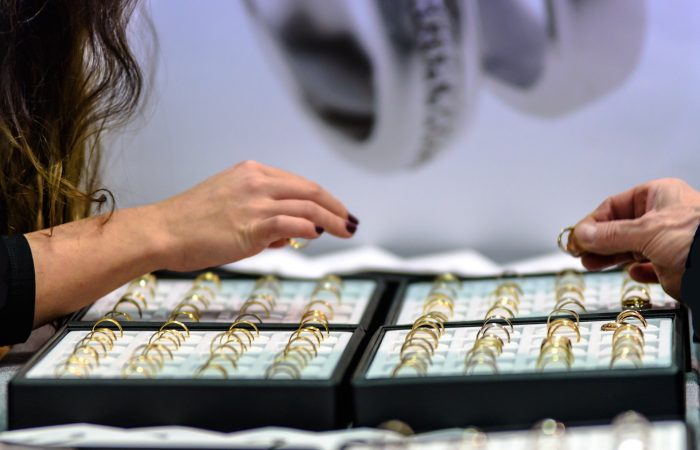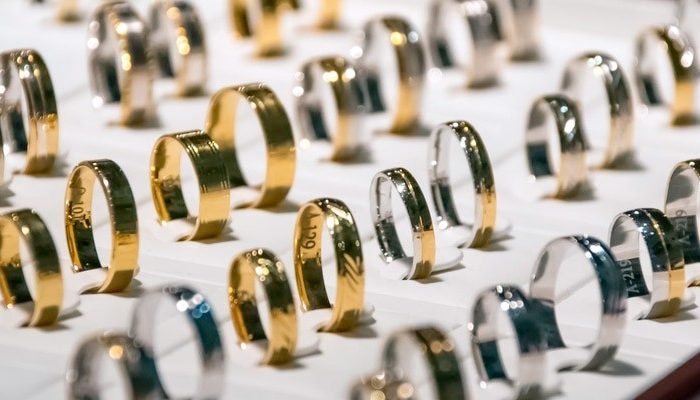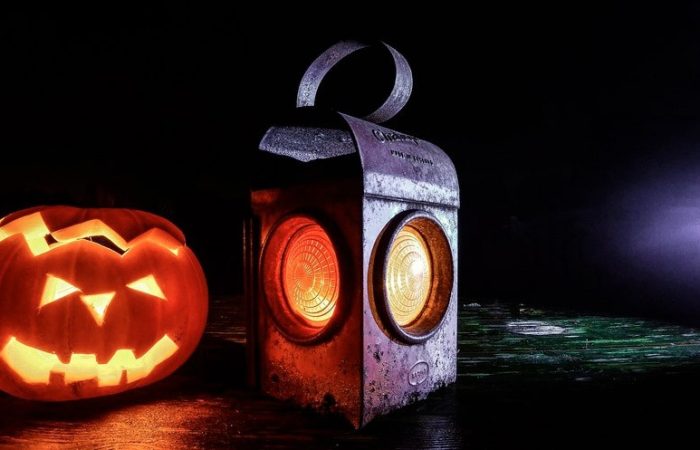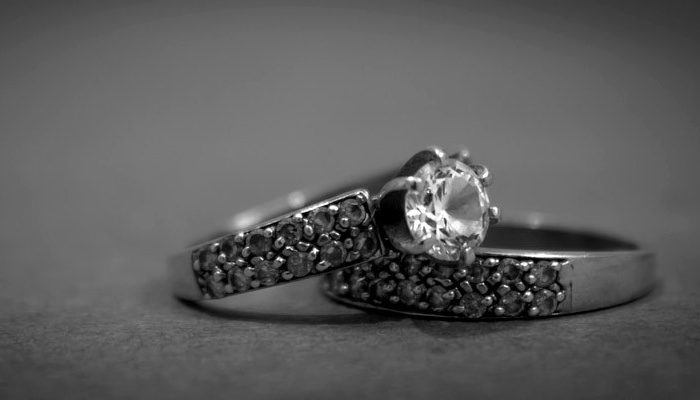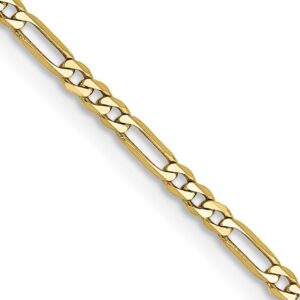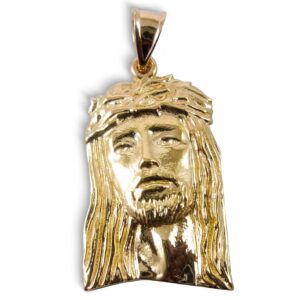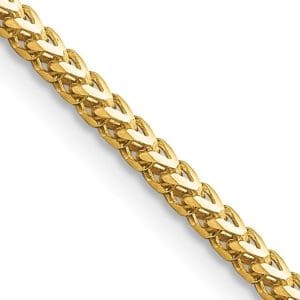For those who haven’t bought a ring in years (or have never bought a ring before), it can be nearly impossible to figure out what size ring to order. Inaccurate tools and sizing charts found online make it even more difficult by giving misleading or conflicting information. Generally we recommend using a ring sizing tool similar to one found here at this link. However, there is more than one way to size your finger. This article will give some tips and advice on how you can accurately determine the size of your finger to make sure you order a ring that will fit perfectly.
Common mistakes to avoid
Printable sizing guides found online
As an online jewelry retailer, when it comes to rings, the most common problem I have seen is customers who have tried to use one of the many sizing guides that can be found online. These printable guides tend to be extremely inaccurate. Firstly, the guide itself can print a slightly different size than intended, which throws any potential accuracy of the guide off from the beginning. But, secondly, even if the guide prints exactly as intended, because the difference in circumference (or the distance around a finger) from size to size is just around 2.6mm (or about 1/10”), being off by just a tiny amount can give a completely wrong size. Steer clear of these guides altogether.
Measuring the diameter or width of your finger
Similar to the inaccuracy of printable guides, measuring the width of your finger is not a reliable way to determine your finger size. Aside from the difficulty in determining exactly how wide your finger looks next to a ruler, keep in mind that people have different finger shapes – not to mention the width of your fingers can be smaller in cold weather and larger in warm weather. Further, some people will need to order a ring that is slightly larger than their finger’s diameter and circumference if their knuckles are wider than their fingers.
Accurate ways to measure finger size
Purchasing a low cost ring sizing tool
Luckily, there are two common ring sizing tools available for as little as $5 to $10 online that can accurately measure your finger size. The first type is a measuring tape loop that slides over your finger and is pulled closed to give your actual finger size. Be sure to account for any gaps between your finger and the tape as sometimes it won’t lay perfectly flat all the way around the finger. As mentioned earlier, this does not account for knuckle size, but it is a great starting point and by sliding the tape up over the knuckle at the finger size that is measured, you can get a good idea of whether or not you may need to order a half or quarter size larger than your finger’s circumference shows.
The second type of ring sizing tool resembles a keychain holding approximately 25 to 35 plastic or metal rings, each labeled with their ring size. We have one available through our shop here. The biggest advantage to this tool is the ability to feel how a ring will slide over the knuckle when put on. However, the previously mentioned tape measuring style guide has gained popularity over the years because it tends to be a little less clunky to keep a 2” x 2” low profile tool in your jewelry box compared to a clump of metal or plastic rings.
Visiting a local jeweler
Although online shoppers likely want to avoid the high-pressure sales staff that tend to work at retail jewelry stores, nearly all local jewelry shops will size your finger free of charge. An added advantage is if the person sizing your finger has had experience sizing and adjusting rings for customers, they might be able to give advice on if you should wear say a size 6.75 or a 7; the difference may not be noticeable to you, but they might be able to help give helpful insight.
Note about wider rings
Wider rings tend to fit about a half or quarter size smaller than the size you’d wear in a normal width band. A wide band is considered to be 5mm or more in width. So if your ring size is measured at, say, an 8, you’d want to order an 8.5 instead if the band is 5mm+ wide. Very wide bands can fit up to a full size smaller, so keep this in mind when purchasing.
What about purchasing a ring as a gift for someone else?
As you have likely gathered, without actually measuring your finger using a specialized tool, it is not possible to accurately measure a finger size. So when ordering a ring as a gift for others, the best method is to purchase a ring in a common size and have it adjusted by a local jeweler if needed. For women of average height and build, a size 7 is a good bet. For women of above or below average height and build, you can go a little smaller or larger as needed. For men, a size 10 is the average finger size. Go a little larger for bigger guys, and a size or two smaller if they are slim.
A note about getting ring adjusted locally
For many rings, if it just needs a small adjustment, it is easier and faster (and more cost effective) for a jeweler to size a ring up than to size a ring down. This is because many rings can have the back of the band (or “the shank”) slightly stretched up to one full size without needing to cut and re-join the ring back together. If a ring is too large, the only option is to remove a portion of the shank and solder or weld it back together, which is more labor-intensive.
Now you’re ready to order!
Now that you’ve learned how to accurately measure your finger size, you can order that ring you’ve been eyeing with confidence! If you just can’t wait to order, drive down to the closest jewelry shop and get some assistance today. If you prefer the convenience of ordering a sizing tool and sizing your own finger from home (or if you think you will possibly want to order more rings for other fingers in the future), grab a low-cost sizing tool to keep with your jewelry collection and you’ll never have to deal with the hassle of ending up with a ring that doesn’t fit again.
If you are looking for the answers to all your questions about gold jewelry, look no further! This blog post will answer any question that preoccupies a person’s mind when they purchase this precious metal.
